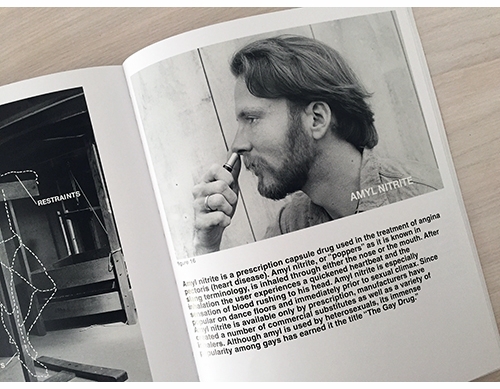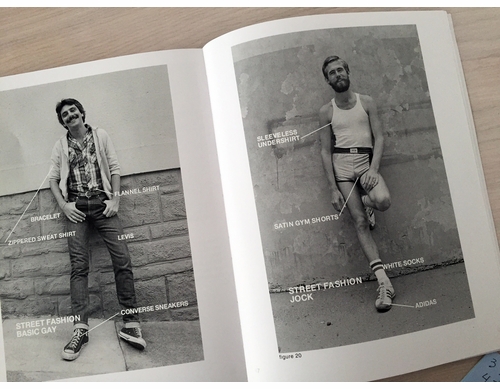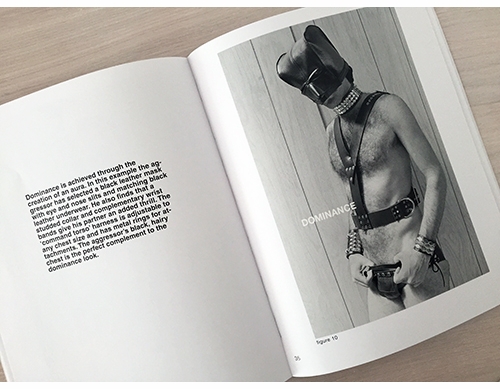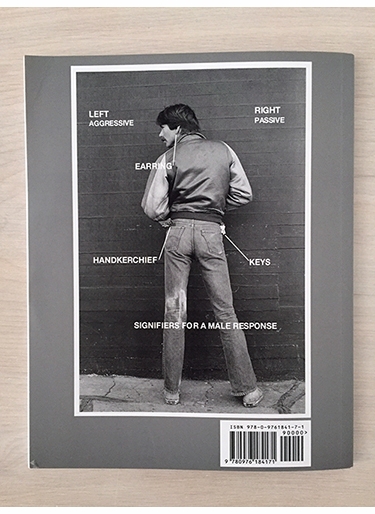ARTBOOK BLOGEventsStore NewsMuseum Stores of the MonthNew Title ReleasesStaff PicksImage GalleryBooks in the MediaExcerpts & EssaysArtbook InterviewsEx LibrisAt First SightThe Artbook 2024 Gift GuidesArtbook Featured Image ArchiveArtbook D.A.P. Events ArchiveDATE 1/14/2025 Join us at the Atlanta Gift & Home Winter Market 2025DATE 1/2/2025 Wishing You the Beauty of the MysteriousDATE 12/31/2024 Happy New Year from Artbook | D.A.P.DATE 12/26/2024 An ode to holiday pleasuresDATE 12/24/2024 Happy Holidays from Artbook | D.A.P.DATE 12/18/2024 BMCM+AC presents David Silver on 'The Farm at Black Mountain College'DATE 12/17/2024 Good news for open mindsDATE 12/14/2024 A fascinating new study of Helen Frankenthaler & Co.DATE 12/12/2024 Donlon Books presents the London launch of 'More Than the Eyes: Art, Food and the Senses'DATE 12/12/2024 A fresh new take on Black Mountain CollegeDATE 12/8/2024 The Primary Essentials presents a book signing with JJ ManfordDATE 12/8/2024 ‘Larry Sultan & Mike Mandel: Evidence’ is back in print at last!DATE 12/7/2024 Artbook at Hauser & Wirth Los Angeles Bookstore presents Chloe Sherman on 'Renegades San Francisco: The 1990s' | BOOKS IN THE MEDIAJESSE PEARSON | DATE 6/25/2016Jesse Pearson on Gay SemioticsOf what utility is a review by me—a mostly straight man, as the Kinsey scale goes—of a book that outlines, from the inside and with anthropological precision, the intimate codes of apparel and persona that were employed by the gay men of 1970s America? That question is so unanswerable, at least in terms of finding a response that would satisfy each potential questioner, that it’s essentially hypothetical. So I’ll forego any further stress regarding whether I have the right to tell you what I think of this book and instead I’ll just tell you what I think of this book (as long as you keep in mind that the subject of Gay Semiotics is a secret language that was created with the express purpose of communication beyond the ken of the un-gay).     |
